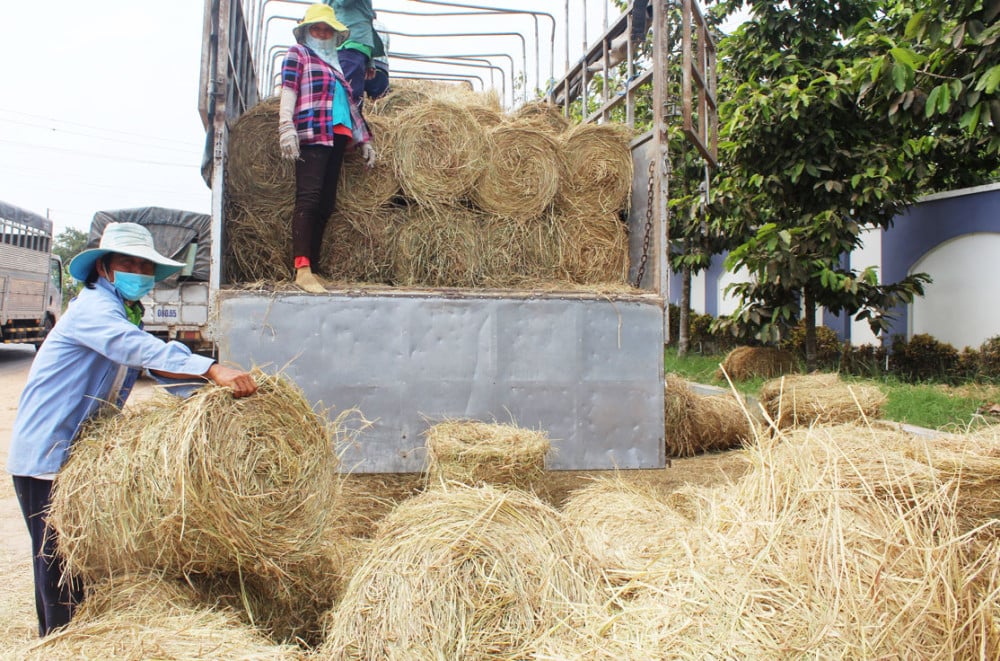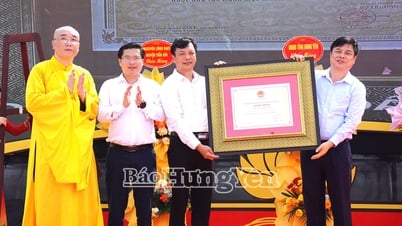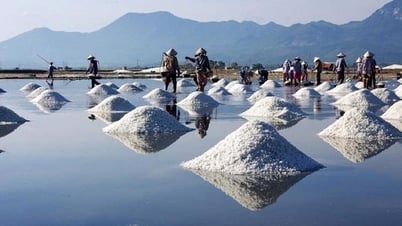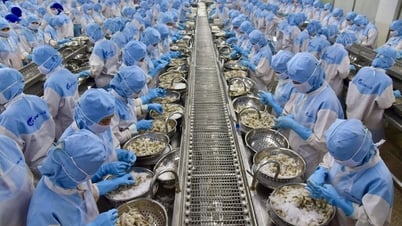Agricultural waste includes: Agricultural by-products and hazardous waste from agriculture. Agricultural by-products are waste generated during agricultural activities. Discarded agricultural by-products are mainly rice husks, sawdust, bagasse, coconut fiber, straw, stubble, etc.
(Illustrative photo)
According to data collected from the Department of Agriculture and Environment, the total amount of discarded agricultural by-products (straw, stubble, ash, rice husks, fruit peels, etc.) is about 150,000 tons/year.
Currently, this amount of by-products is partly used to make fertilizer such as straw; as fuel such as rice husks, sawdust; some are buried or burned due to the characteristics of local agricultural production which is still small, scattered, and scattered, so collection, classification and recycling are still difficult.
The method of handling agricultural by-products such as straw, rice husks, cashew shells, etc. is mainly to burn them and then use the ash to fertilize the fields. However, this method is both wasteful and pollutes the environment due to dust and the risk of fire and explosion.
In recent years, people have rolled straw into rolls and sold it to livestock farmers, contributing to increasing income and gradually reducing the method of burning for ash.
Hazardous waste from agriculture includes waste from packaging and bottles of plant protection chemicals. These types of packaging and bottles are often thrown in fields, garden corners or, more dangerously, in some cases, thrown right into the source of domestic water.
Recently, the collection, storage and treatment of chemicals and pesticide packaging has been carried out in many localities. This implementation initially limits the harmful effects of residual pesticides in packaging on human health and the surrounding environment./.
Chau Son
Source: https://baolongan.vn/quan-ly-chat-thai-phat-sinh-tu-san-xuat-nong-nghiep-a198457.html































![[Photo] Gia Lai provincial leaders offer flowers at Uncle Ho's Monument with the ethnic groups of the Central Highlands](https://vphoto.vietnam.vn/thumb/1200x675/vietnam/resource/IMAGE/2025/7/9/196438801da24b3cb6158d0501984818)






































































Comment (0)